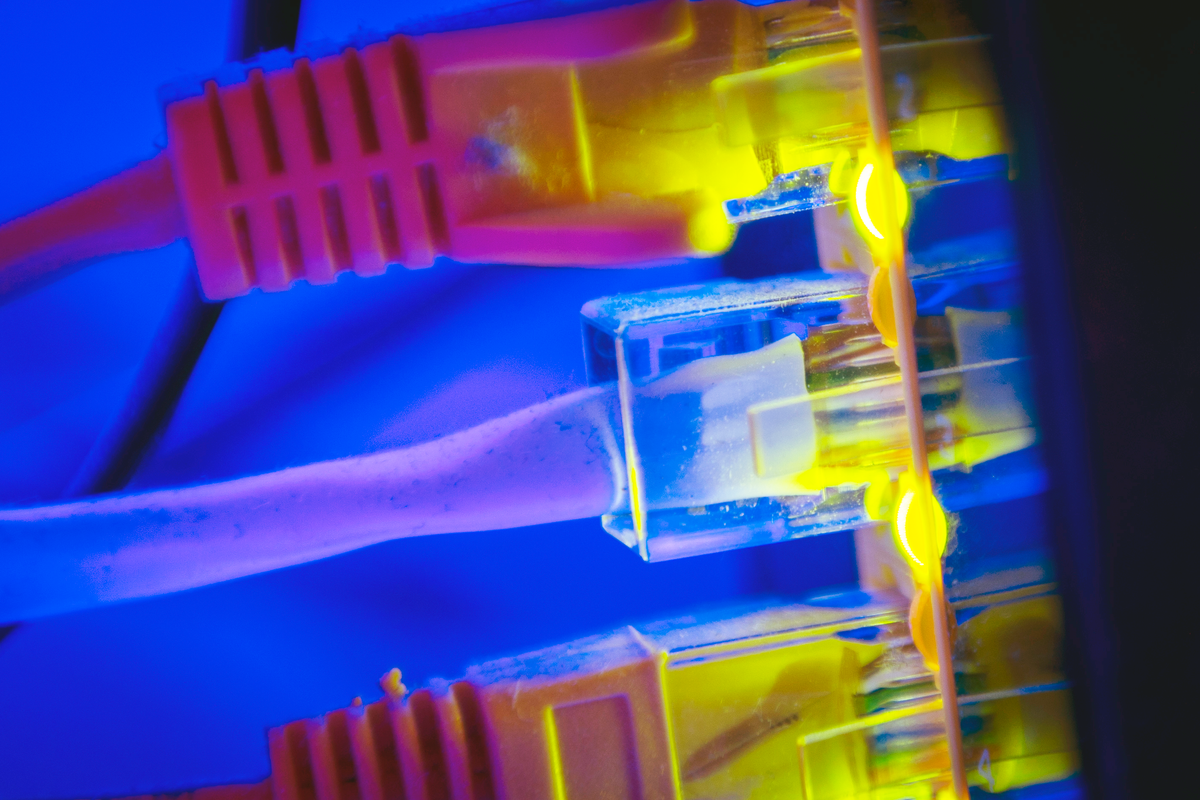
teiki2e/Getty ImagesCurved screens on modern smartphones present a problem for screen protectors because it’s hard to get the screen to lay flat. No matter what, it seems as though they eventually lift around the corners, catch on things, accumulate debris between the layers, and ultimately just come off.A response to this has been UV screen protectors that adhere to the display using UV curing glue. The idea is you apply the glue to the display, fit the screen protector on top, align it to get a perfect fit, and then blast it with UV light to cure the glue and get the perfect screen protector fit.Also: How to fix a cracked phone screen: 5 optionsIf the screen protector breaks, you’re supposed to be able to use a hairdryer or hot air gun to soften the adhesive to get the old protector off before applying a new one. You can even buy kits to do this yourself, which cost about $30 and come with everything you need, even the UV curing light.This is all theoretical, of course. Unfortunately, the reality is a little different. Air bubbles and dirt can get trapped in the adhesive, it can cause fingerprint readers to be unresponsive, the glue can cause skin and respiratory allergies – sometimes severe – and sometimes the glue doesn’t cure properly and it just makes a mess. Additionally, removing a broken screen protector can be a nightmare, or, as in the case of some unlucky folks, cause the buttons to get stuck or detach.Such was the experience of one Redditor – a story spotted by Android Authority – who got “some random guy from a mobile shop” to apply the UV screen protector to their Samsung Galaxy, but had problems when the glue got all over the phone, causing the volume button to detach and damaging the S-Pen. LingeringCarmine/RedditIn short, it was a disaster.Now to be fair, I have heard from people who love their UV screen protectors and wouldn’t go back to the old style. But in my experience using the kits, it’s hit-and-miss at best. Even with a decent kit – and I find the Dome Glass kits to be some of the best – it’s hard to make sure that the glue doesn’t attract hair, dust, or air bubbles. Removing a failed attempt is also time-consuming; UV glue is very thin, and it’s very easy for it to go places it shouldn’t.Also: This battery safety feature can break your AirTags (and other devices). Here’s how to fix itFor all these reasons, I don’t personally recommend UV screen protectors, nor do I use them myself. If you really want one, then get a good kit, or find a reputable place that will apply it for you.






